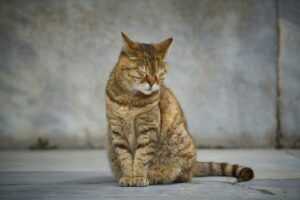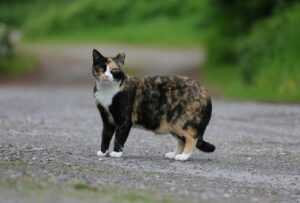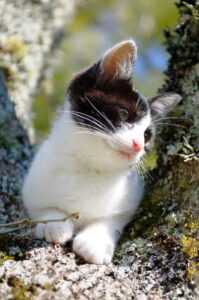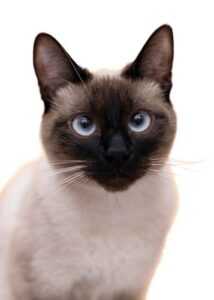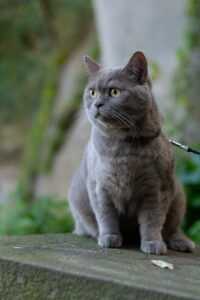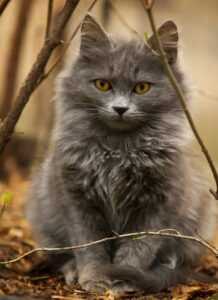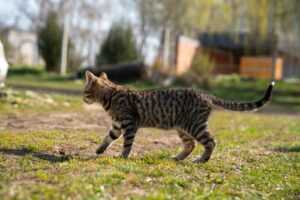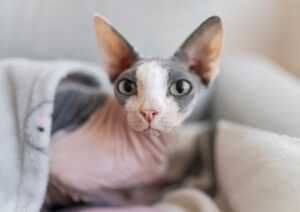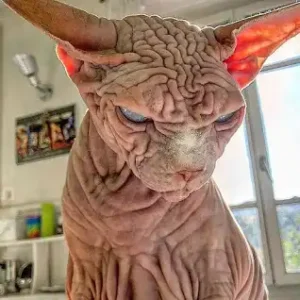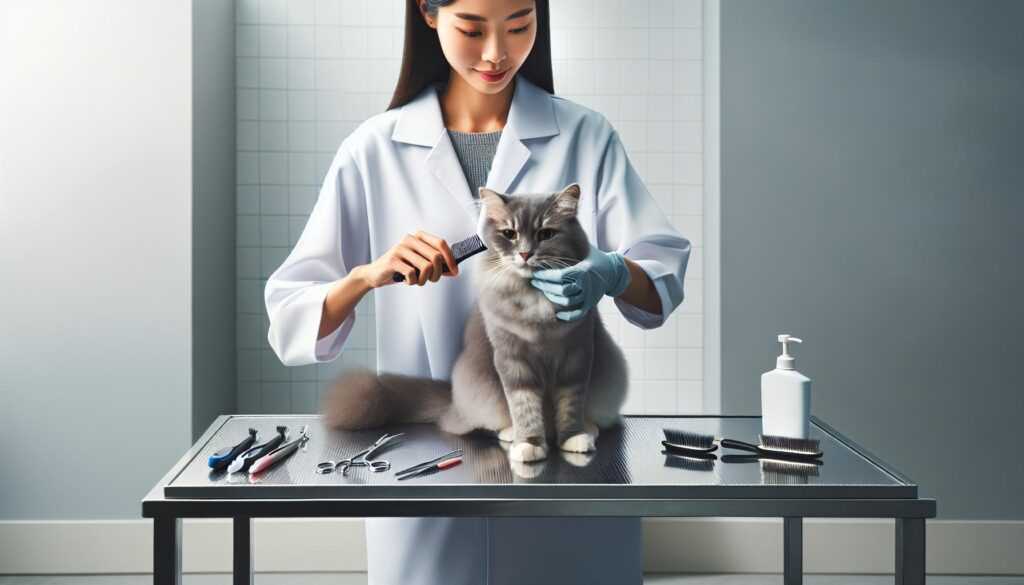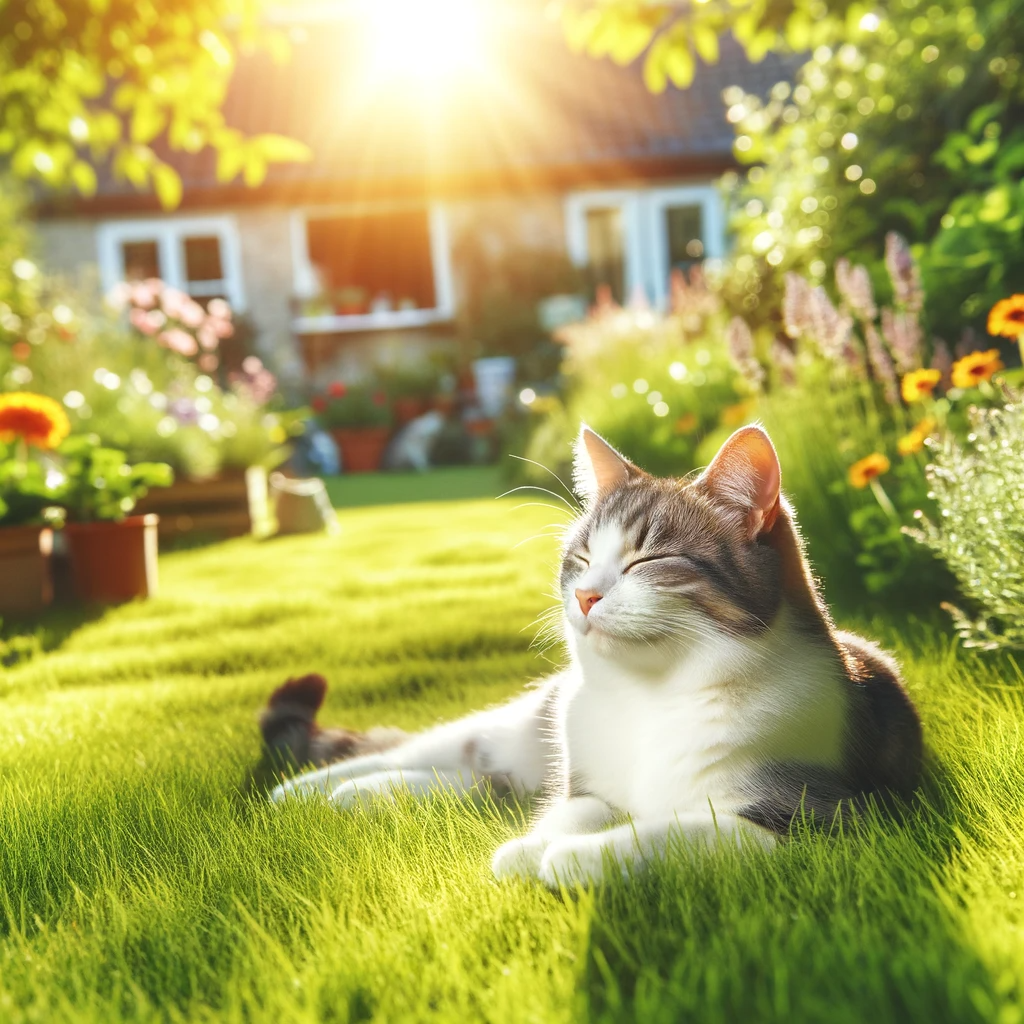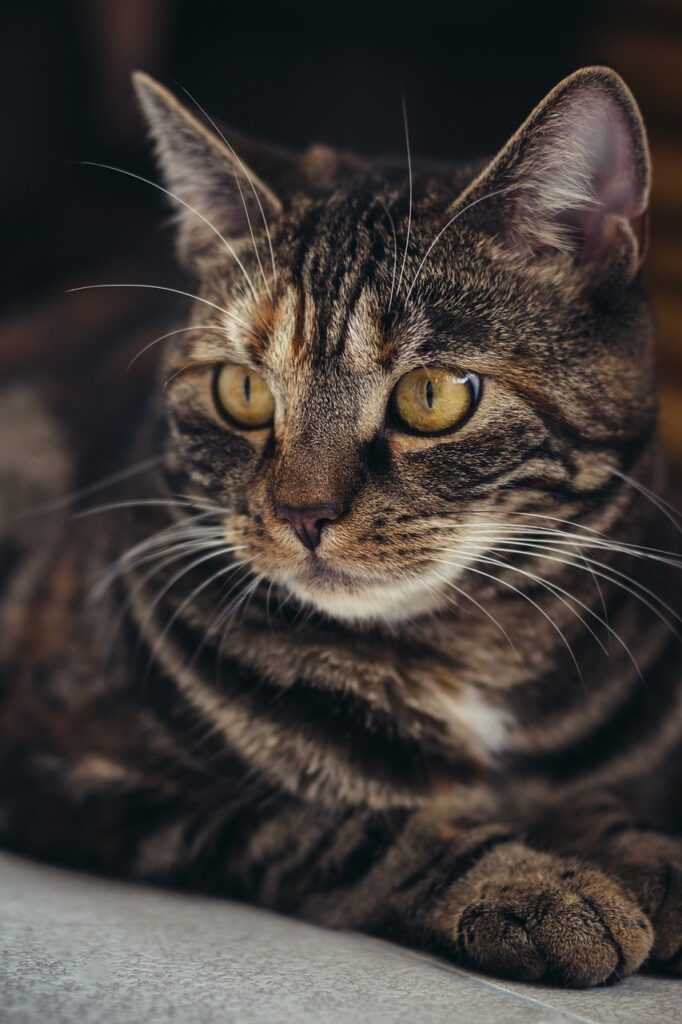
Ever wondered why your feline friend sports such a unique coat? Cat fur patterns are as diverse as they are captivating, each telling a different story of genetics and ancestry. From the classic stripes of a tabby to the sophisticated points of a Siamese, there’s a world of variety to explore.
Understanding these patterns can be more than just an aesthetic pleasure; it’s a window into your cat’s lineage. Whether you’re a seasoned cat owner or considering adopting your first kitten, you’ll find the intricacies of cat fur fascinating.
Types of Cat Fur Patterns
Cats boast an array of fur patterns, each with its own genetic tapestry. Getting to know these patterns enhances your understanding of feline heritage and may also be helpful if you’re looking to identify a particular breed.
Tabby
Tabby is not just a single pattern but a collection of distinctive markings that come in various layouts. Most common are:
- Mackerel Tabby: Narrow stripes run parallel down the sides – resembling a fishbone, hence the name.
- Classic Tabby: Broad, swirling patterns adorn the sides, often described as a marble cake.
- Spotted Tabby: Features spots all over the body which may vary in size and shape.
- Ticked Tabby: Each hair has alternate bands of colors, creating a speckled effect.
Recognizable by their ‘M’-shaped mark on the forehead, tabbies are among the most prevalent and diverse cat fur patterns you’ll encounter.
Tortoiseshell Cat
Tortoiseshell cats, affectionately known as “torties,” present a beautiful mosaic of black and orange fur. This pattern results from a specific gene that causes hairs to have different colours along their length. Here are some key points:
- Typically female due to the X chromosome linkage of their coat colours
- ‘Tortitude’: Anecdotal evidence hints at a distinctively feisty personality
- Patches can vary greatly, making each tortie uniquely stunning
Calico
Calicos have a tri-colour coat pattern consisting mainly of white, with patches of orange and black. They share the same genetics as tortoiseshell cats but are distinct due to their white fur.
- Much like torties, calico cats are often female
- In Japan, they’re considered good luck
Their striking colour splashes are one of the easiest fur patterns to spot and are highly sought after for their aesthetic appeal.
Pointed Cat
Pointed cats have a distinct colouration with a pale body and darker extremities—the ears, face, paws, and tail. This pattern is temperature-sensitive.
- Siamese and Himalayan breeds are notable examples
- The cooler parts of the body develop the darker tones
- Body color darkens with age as the body temperature drops
The contrast between the body and points creates an exquisite and sophisticated look, making them favourites among cat connoisseurs.
Solid
Solid, or self-coloured cats have a uniform colour across their entire coat. This may seem simple, yet it’s exceedingly rare due to the dominance of the tabby gene.
- Solid colours range from black, white, blue (grey), to chocolate
- Genes suppress the tabby pattern, causing a single-color coat
- Black fur is common, while solid white fur is more unique and often linked with blue-eyed cats
Solid-fur cats are a testament to the intricate workings of feline genetics, resulting in pure and lush coats.
Factors Influencing Cat Fur Patterns
As you delve deeper into the world of feline aesthetics, it’s crucial to understand the key factors that shape the unique tapestry of your cat’s coat. Cat fur patterns are not just random. Instead, they’re the result of complex interactions between various influential elements.
Genetics in cat fur pattern
Genetics are the blueprint of your cat’s fur pattern. Each strand of fur is coloured by melanin, which is determined by multiple genes. These genes control not only the pattern but also the intensity and distribution of colours throughout the coat. Dominant and recessive alleles play a significant role in the appearance of stripes, spots, and patches.
- Agouti gene: Dictates whether a cat has a tabby pattern.
- Colour gene: Determines the base colour of the cat’s coat.
- Spotting gene: Influences the presence and size of spots.
Each cat inherits its fur pattern from its parents, and a simple Punnett square can sometimes predict the potential outcome of a litter’s fur designs. However, mutations and rare gene combinations can always lead to unexpected and enchanting variations.
Sex
The sex of your cat can be a determinant in its fur pattern, chiefly due to the location of color genes on the X chromosome. Since females have two X chromosomes, they are more likely to display a wider variety of color patterns, like tortoiseshell or calico. Here’s a quick rundown:
- Male cats: Usually have one color due to having one X and one Y chromosome.
- Female cats: Can have two colors or more, often leading to intricate and varied patterns.
It’s important to note that male cats with two X chromosomes and one Y chromosome can also exhibit multicolor patterns, but such cases are rare and often coincide with certain health conditions.
Temperature
Believe it or not, temperature plays a role in how your cat’s fur pattern manifests. The pointed pattern, made famous by breeds like the Siamese, is a prime example of temperature affecting color distribution. This pattern is caused by a genetic mutation that affects the enzyme responsible for melanin production, making it sensitive to temperature.
- Warmer parts of the body: Have lighter fur.
- Cooler parts of the body: Have darker fur, typically seen on the ears, face, paws, and tail.
Kittens born with a pointed pattern may change color as they grow, influenced by the ambient temperature of their environment. Seasonal changes can also affect the depth of color in pointed cats, with winter often bringing a richer display of their signature contrasts.
Cat Breeds with Unique Fur Patterns
When you’re delving into the diverse world of cat fur patterns, certain breeds stand out for their distinctive coats that are not only visually striking but deeply rooted in their genetic makeup. Here’s a closer look at some of the breeds which flaunt these unique fur patterns.
Maine Coon
Maine Coon cats boast a luxurious, shaggy coat that is thick and water-resistant, a characteristic ideal for their original role as ship’s cats braving the harsh North Atlantic weather. Their fur can display a variety of patterns, including classic tabby, mackerel tabby, and solids. What sets the Maine Coon apart is the unique combination of length and texture – the fur is longer on the ruff, stomach, and flanks, with a shorter, sleeker appearance on the back and sides.
Ocicat
The Ocicat boasts a distinct, wild-like spotted coat in various shades like tawny, chocolate, and cinnamon. These well-defined spots contrast sharply against the background colour, covering the entire body, legs, and belly. Its short, smooth fur is low-maintenance, adding to the breed’s sleek, exotic appeal.
Devon Rex
The Devon Rex cat boasts a unique, curly coat with slender, soft, and short fur. Its distinctive pattern is marked by loose curls and waves, providing a whimsical, elfin appearance. This breed’s coat varies in density and can include bare patches, adding to its playful charm. The Devon Rex’s fur is hypoallergenic, making it a favorite among allergy sufferers.
Sphynx
The Sphynx cat may appear to be furless at first glance, they’re not entirely without a coat. These unique cats have fine downy hair that feels like peach fuzz to the touch. While they may lack the traditional fur patterns, their skin can show patterns similar to what would be on their fur if they had a normal coat length. This can include tortoiseshell, tabby, or any other standard cat coat pattern, providing the Sphynx with their own distinctive and elegant cloak of colors.
Caring for Cat Fur Patterns
Cats are just as diverse in their grooming needs as they are in their fur patterns. Keeping their coats healthy and lustrous is not just a matter of appearance – it’s essential for their overall wellbeing. Whether you’re enchanted by the marbled swirls of a Bengal or the sleek coat of a Sphynx, each fur pattern requires specific care.
Regular Grooming
Your cat’s fur is the first line of defence against the elements and it plays a crucial role in their sensory perception. Regular grooming maintains the health and beauty of their coat by:
- Reducing Hairballs: Frequent brushing removes loose fur, which in turn decreases the amount of hair ingested during self-grooming.
- Distributing Natural Oils: Brushing spreads the cat’s natural oils across their fur, ensuring a shiny and healthy coat.
- Spotting Issues Early: While grooming, you’ll easily notice any lumps, bumps, or changes in skin condition.
Different cat fur patterns might require different grooming tools. For instance, a long-haired Maine Coon often benefits from a wide-toothed comb to detangle their luxurious mane without causing discomfort. Conversely, a short-haired Siamese might only need a soft bristle brush to keep their coat sleek.
Dietary Considerations
What your cat eats is directly reflected in the state of their coat. For a lustrous sheen and robust fur, your cat’s diet should be rich in essential nutrients such as:
- Protein: the building block of fur.
- Omega-3 and Omega-6 Fatty Acids: for reducing inflammation and promoting skin and fur health.
- Vitamins and Minerals: like Vitamin A and zinc, vital for maintaining a healthy skin and coat.
Always consult your vet to tailor a diet that suits your particular breed’s needs, especially if they have unique fur patterns or skin sensitivities.
Environmental Factors
The environment your cat lives in can greatly influence the condition of their fur. Both indoor and outdoor elements play a role:
- Indoor: Ensure a stress-free environment as stress can lead to excessive grooming and potential fur loss.
- Outdoor: Protect your outdoor cat with proper flea and tick control to avoid infestations that can damage their fur and skin.
Remember to keep your cat’s environment clean—regularly washing their bedding will help reduce potential skin irritants and allergens that might affect their fur’s health and appearance.
By paying attention to these aspects, you’ll help maintain the stunning fur patterns that make your feline friend truly unique. Keep in mind that every breed may have its own specific needs, and adjusting your care accordingly will ensure your cat’s coat remains both beautiful and healthy.
Conclusion
Delving into the world of cat fur patterns has likely given you a newfound appreciation for the complexity and beauty of our feline friends. Whether you’re enchanted by the striking marks of a Bengal or the sleek coat of a Sphynx, it’s clear that each breed’s fur is a marvel of genetics and nature. Remember, proper care is paramount to keep your cat’s coat healthy and vibrant. Armed with this knowledge, you’re now well-equipped to ensure your cat not only looks their best but also feels purr-fectly pampered.
Frequently Asked Questions
What are the different types of cat fur patterns?
The main types of cat fur patterns include tabby, solid, bi-colour, tri-colour (calico), and points. These patterns are influenced by a cat’s genetic makeup.
What genetic factors influence cat fur patterns?
Cat fur patterns are determined by multiple genes that dictate color, pattern intensity, and distribution. These genes include the agouti gene, the tabby pattern gene, and the colourpoint gene, among others.
What are some cat breeds with unique fur patterns?
Breeds with unique fur patterns include the striped Maine Coon, the colourpoint Siamese, the marbled or spotted Bengal, and the hairless Sphynx.
How should you care for different cat fur patterns?
Caring for cat fur patterns requires regular grooming to prevent mats and tangles, providing a proper diet for healthy fur, and managing environmental factors such as sun exposure and temperature to maintain the fur’s condition.
Why is it important to understand a cat breed’s specific fur needs?
Understanding a breed’s specific fur needs is crucial to maintaining their fur’s health and appearance. Each breed may require different grooming techniques, dietary components, or living conditions to flourish and prevent health issues related to their fur.

